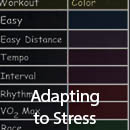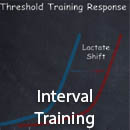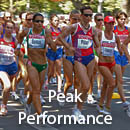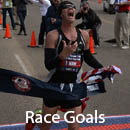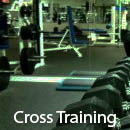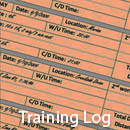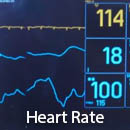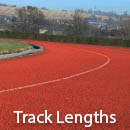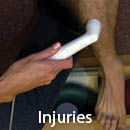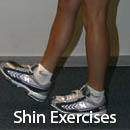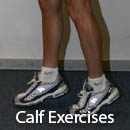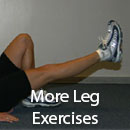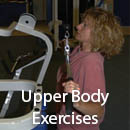Race Walking Training
Injuries, Treatments & Nutrition
Massage Therapy
Aside from the obvious relaxing effect of massage, it also:
- Increases circulation.
- Breaks up scar tissue in the muscle.
- Improves flexibility.
- Aids in the rehabilitation of injuries.
- Removes waste products.
- Improves cell nutrition.
Like all components of a training regimen, massage therapy is most effective when used regularly. One-time treatments, like the booths set up after a race, are not as effective.

Unknowledgeable athletes may seek massage therapy for the first time the day before a big race. This is usually not a good idea. Light massage before a race is OK, but therapeutic massage administered to an athlete unaccustomed to regular massage treatments may result in fatigue and be counter- roductive.
![]()
I use two types of massage therapy in my training regimen:
- Sports massage – a series of vigorous and frequent strokes, specifically designed to remove lactic acid, improve circulation, and aid in the recovery and regeneration of muscle tissue.
- Myofacial release - a form of ancient therapeutic massage that uses a series of soft tissue strokes to effectively treat pain syndromes in muscles, tendons, ligaments, and connective tissue.
Unfortunately, I find the latter—my preferred form of therapy—more difficult to find.
![]()
While the benefits of massage are vast, there are times when it is inappropriate. Massage should be avoided immediately after injuries that have bad swelling or bruises, or for athletes with open wounds or contagious skin conditions.
![]()










